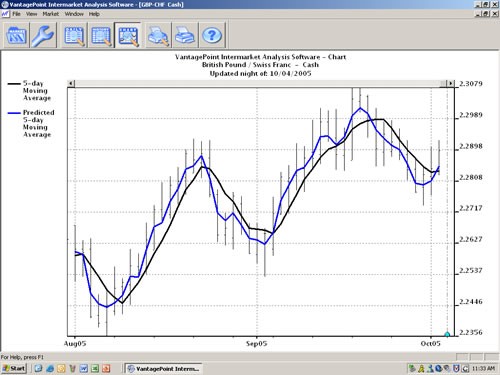Intermarket Analysis Correlation and Trading Strategies
Post on: 23 Июнь, 2015 No Comment

Intermarket Analysis — Correlation and Trading Strategies
The difference between single-market and Intermarket analysis is that in a single-market, traders analyze one market at a time. A stock trader for example will not look beyond the stock market and he will not consider factors and other information from the bond, currency or commodity market. On the other side, in an Intermarket analysis, traders use data of different asset classes and examine several trading markets including the Stocks, Bonds, Commodities and Currencies markets.
Correlation between different markets
Intermarket analysis consists of identifying the relationship between different asset classes. This relationship can be measured by calculating the correlation between different market’s pairs.
Here, I will show you how to create a pivot table that displays the correlation between the major asset classes, which are: stocks, commodities, bonds and currencies.
For each asset class, we will use an index that best describe the performance of this asset type.
Stock Market. Standard & Poor’s 500 (S&P 500). Using the default downloader (Historical Stock Market Data ), the ticker symbol of the S&P 500 is ^GSPC.
Commodity Market. Thomson Reuters/Jefferies CRB Index. Historical EOD data can be downloaded using CRB Global Commodity Equity Index. Symbol name is ^CRBIX.
Bond Market. 30Yr US Treasury bond. Symbol name is ^TYX.
Currency Market. US Dollar Index. Example: U.S. Dollar Index Continuous Contract (DX). EOD data can be retrieved using Futures, Forex and Indices Data .
Once you have added and downloaded data for these indices follow the steps described in the next how-to lesson to create a correlation matrix: How to create a correlation matrix of several securities. The matrix is implemented using the Pivot Table tool of QS Trading Software. It shows you correlation between several stocks. However, you can easily update it to perform Intermarket correlation analysis.
Intermarket Strategy
Several strategies can be implemented based on Intermarket analysis. On example would be to track the correlation between the different markets and then take action if that correlation increases or decreases by a specific amount. Another example would be to rank the monthly performance of each index representing an asset class and then buy the index that have the highest return.
The second example is implemented using the composite function of QuantShare Trading Software. By passing the rate of return function and the symbols of the different indices, the composite function returns the rank of each index compared to the others.
Buy Rule Example :
perf1 = perf(close, 25); // Monthly return
buy = comp(perf1, rank, 1, 1, ^GSPC;^CRBIX;^TYX; DX) == 1;
Buys the index that has the highest monthly return. Note that the comp function returns NaN (Not a Number) when it is executed against other symbols. This is because these symbols are not listed in the fifth argument of the comp function.
Correlation trading strategies
Correlation trading consists of taking trading decisions based on the correlation of two or several assets. For example, you can create a trading system that enters a position only if the correlation between the analyzed ETF and a market index (such as the S&P 500) is negative. Another example would be to ignore any new trade if the corresponding asset has a high correlation with one of the existing positions (Correlation Filter Money Management Strategy ).
These are two simple examples of what you can do with correlation trading. I hope they can inspire you and help you implement Intermarket strategies.
Fundamental and Technical analysis
Both fundamental and technical analysis can be applied to Intermarket analysis. Indeed, you can analyze and compare several markets based on technical factors such as price and trading indicators or fundamental factors such as GDP, interest rate and other economic measures.
The composite function that we have described later can be used to compare fundamental or technical measures of the different markets and make trading decisions based on the result. You can also create Intermarket strategies based on both investment styles.














